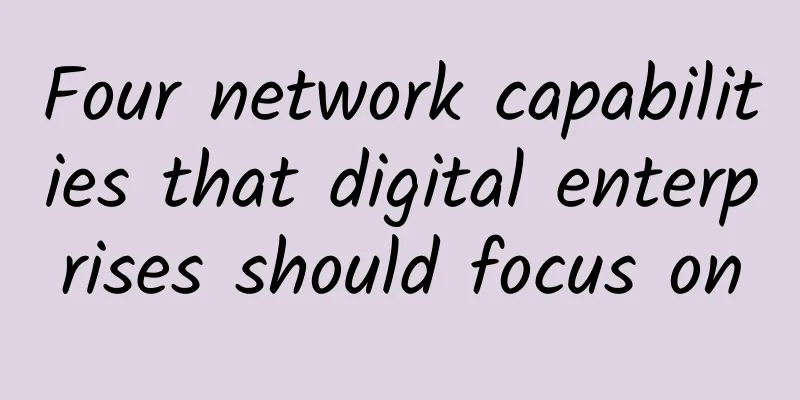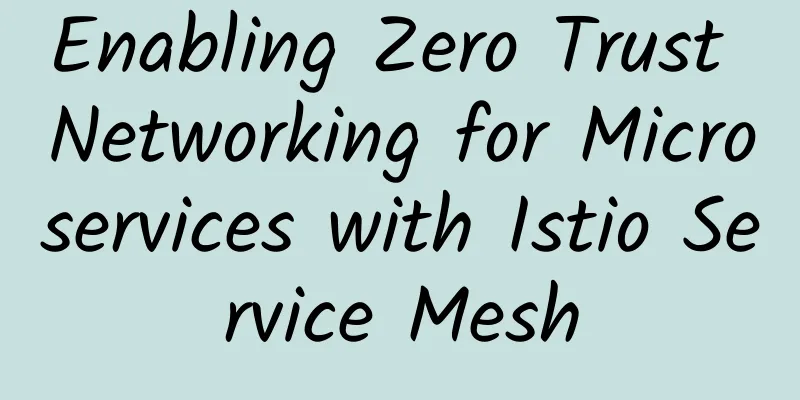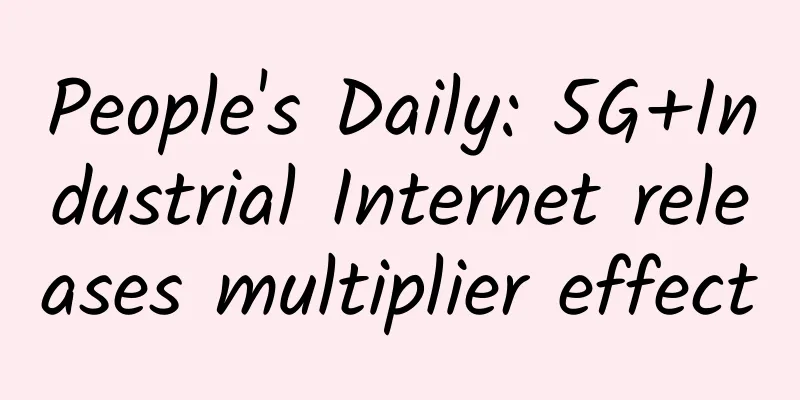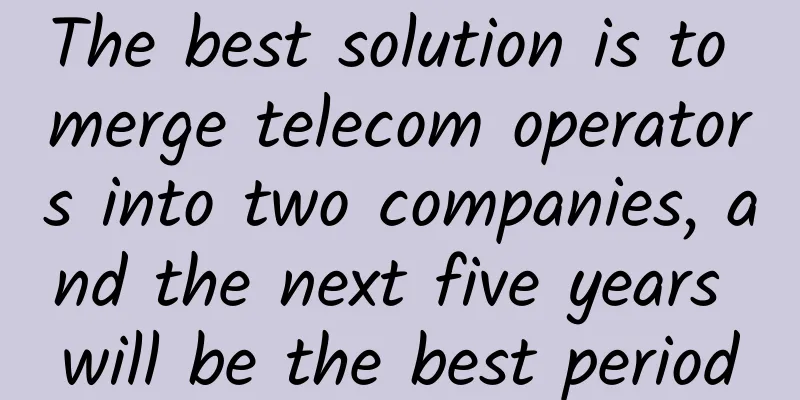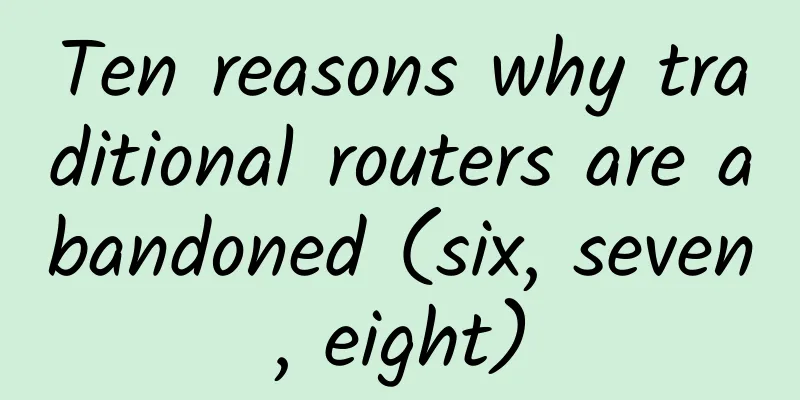Key 5G limitations facing enterprises

|
As interest in 5G cellular technology grows, enterprises should also consider 5G limitations as they plan for 2020 and beyond. Although 5G technology offers a significant expansion of today’s cellular infrastructure, the technology also has drawbacks, including the following:
1. To take advantage of the full 5G capabilities, 5G devices need to be deployed on both ends of the connection. On the client side, 5G phones or 5G IoT devices are needed for mobile communications. On the operator side, 5G antennas and infrastructure are needed. On the mobile phone side, Android smartphones have a 5G advantage because several 5G phones are already available. However, there is no 5G iPhone yet, and this may not change for some time as Apple phone designs shift between 5G modem manufacturers. 5G IoT devices are also starting to be launched. However, as smartphones transition to 5G, many IoT vendors will see 5G giving up 3G and 4G spectrum for IoT, and IoT will have more freedom in the low-speed bands of 3G and 4G. 2. Proximity is another disadvantage that businesses must consider. 5G uses millimeter wavelengths, which are smaller than 3G and 4G, and they do not travel very far. Although 5G coverage is smaller, 5G signals can carry more data. To overcome this limitation, operators are planning larger antenna networks to provide adequate coverage. For businesses looking to take advantage of 5G technology, they should investigate their operator's 5G coverage map. Currently, operators are starting pilot projects, but coverage is limited to a few urban areas; this will expand over time as large-scale deployments begin. 3. Rural and remote areas may not see 5G service anytime soon. While 5G applications abound in areas such as agriculture and mining that require remote access, operators may find that it is not cost-effective to deploy 5G in certain remote areas. However, remote deployments may also occur if large customers are willing to help cover the costs, or if existing wired backhaul already exists. 4. Early purchases of 5G services may initially incur a premium as operators attempt to offset the significant capital investments in these new technologies. 5G deployment costs will be high, so operators may segment the market early to optimize their short-term revenues. Ultimately, however, broader competitive pressures will force operators to lower 5G prices to remain competitive. 5. Finally, 5G will have a different security model than 3G and 4G, and it will include new security features. The good news for enterprises is that the carriers will handle most of this deployment. However, for enterprises building network services on 5G cellular networks, they should understand these new security models, which is critical to ensure that they build fully secure services. While 5G limitations are clear, the long-term advantages of 5G will outweigh the disadvantages. And, overall, 5G will open up new opportunities for businesses to become more agile and competitive over time. |
<<: ICMP protocol full analysis
>>: Three wireless LAN positioning technologies: Wi-Fi, Bluetooth and UWB
Recommend
OluCloud: Los Angeles CN2 GIA/Hong Kong CN2 VPS 60% off, starting from $2.4/month
Oluyun is a foreign hosting service provider regi...
RAKsmart: 30% off on all VPS, popular Los Angeles/San Jose VPS starting at $0.99 per month
RAKsmart has launched this month's promotion,...
Wireless router bridging easy to learn
For some people, the signal of one wireless route...
By 2026, the Wi-Fi 6 and 6E market in Asia Pacific will reach US$8.559 billion
On March 26, according to foreign media reports, ...
The potential of smart education continues to be released, and 5G brings three major boosts
Education is the foundation of a century-long pla...
Justhost offers 20% off on US data centers, 200M unlimited traffic starting at $1.65/month
The last time I shared information about Justhost...
BuyVM restocking: 4 data centers in Las Vegas/Luxembourg/New York/Miami, 1Gbps, unlimited traffic, starting at 2 Canadian dollars per month
BuyVM was founded in 2010. It is a company that p...
Looking back at the shadows that 2G brought to us in those years
[[247708]] Image source: Visual China There is no...
GreenCloudVPS 8th Anniversary Event, 50% off on annual VPS
GreenCloudVPS released an email about its 8th ann...
5G has not been affected by the COVID-19 pandemic, and commercial deployment is accelerating
Mobile service providers are moving towards 5G ne...
Han Xia from the Ministry of Industry and Information Technology: my country's 5G standard essential patents account for more than 38%, ranking first in the world
[[420845]] On August 31, the 2021 World 5G Confer...
What else to look forward to in the communications industry in 2021?
[[373658]] This article is reprinted from the WeC...
In 2020, China accounted for more than 85% of the world's 5G connections
The 2020 China 5G Terminal Global Innovation Summ...
What is the role of NB-IoT in 5G networks?
Exploring the role of narrowband IoT in 5G networ...
Racing against time: Why does Weimob's data recovery take so long?
Several days have passed since the WeMall "d...
